- California Assembly OKs highest minimum wage in nation
- S. Korea unveils first graphic cigarette warnings
- US joins with South Korea, Japan in bid to deter North Korea
- LPGA golfer Chun In-gee finally back in action
- S. Korea won’t be top seed in final World Cup qualification round
- US men’s soccer misses 2nd straight Olympics
- US back on track in qualifying with 4-0 win over Guatemala
- High-intensity workout injuries spawn cottage industry
- CDC expands range of Zika mosquitoes into parts of Northeast
- Who knew? ‘The Walking Dead’ is helping families connect
Clash of values
Traditional, modern artists in conflict over exhibiting at Deoksu Palace
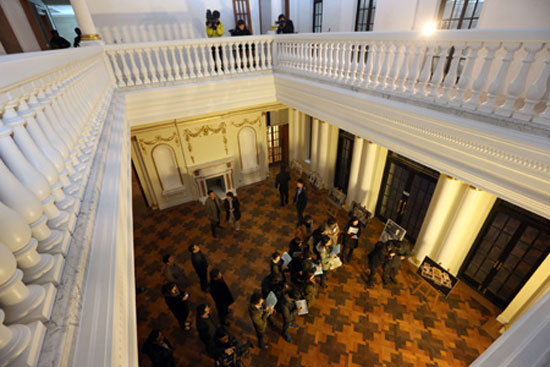
The Seokjojeon Hall of the Deoksu Palace is currently used as a supplementary display space for the Museum of Modern and Contemporary Art (MMCA) Seoul. (The Korea Times)
By Kwon Mee-yoo
The brand new Museum of Modern and Contemporary Art (MMCA) Seoul aims to establish itself as the city’s signature art institution.
If it somehow fails to do so, it won’t be for any lack of bureaucratic assistance. Aside from its lavish, ultra-modern main building, which opened near Gyeongbok Palace last week, the museum has also been allowed to use the Deoksu Palace’s majestic Seokjojeon Hall as a display space.
However, the high level of support for MMCA Seoul appears to have irked artists devoted to Korean traditional crafts and art. To them, the decision to devote Seokjojeon to contemporary art feels like an insult as they continue to struggle to find exhibition venues.
The Korea Important Intangible Cultural Asset, Craftmanship and Art Association (KICAA), a group representing traditional artists, including some designated as intangible cultural assets, has demanded that the government re-designate Seokjojeon as a permanent venue for traditional arts. The Ministry of Culture, Sports and Tourism balked at the idea.
“The culture ministry should be equally supportive of every culture and art, but obviously contemporary art has come ahead of traditional art,’’ said Lee Kuon-hong, KICAA’s secretary general.
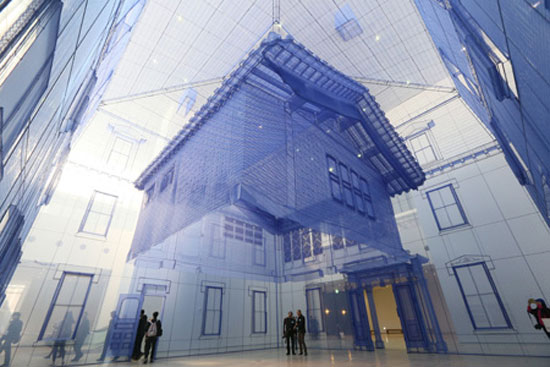
After years of anticipation, the Museum of Modern and Contemporary Art (MMCA) Seoul opened in central Seoul last week. (Yonhap)
“Policymakers will spend 246 billion won (about $230 million) on the MMCA Seoul and even allow it to use Seokjojeon as a complementary venue. But they find it hard to extend a meaningful level of support to traditional art.’’
MMCA Seoul is currently using Seokjojeon for its “Masterpieces of Modern Korean Painting’’ exhibition.
Lee argues that Deoksu Palace is a more natural venue for traditional arts than contemporary creations. However, a culture ministry official disagreed, pointing out that Seokjojeon, built in 1900, is a European-style building, and saying that modern artists face just as acute a shortage of display space.
While Deoksu Palace is under the jurisdiction of the Cultural Heritages Administration (CHA), Seokjojeon is managed by the culture ministry and has been used as a venue for a variety of cultural events.
“If traditional masters need a new venue, they should seek opportunities with the CHA,’’ the ministry official said bluntly.
MMCA Seoul complements the main MMCA institution in Gwacheon, Gyeonggi Province. MMCA Seoul’s main hall is dedicated to cutting-edge Korean and international art while Seokjojeon expects to be devoted to early modern work. The Gwacheon museum highlights late-20th century works. The MMCA will open another institution in the mid-west city of Cheongju in 2015.
The history of Seokjojeon dates back to the days of the “Korean Empire” when it was used as a gallery for the royal family. It was used as the headquarters of MMCA, which was established in 1973, before it moved to Gwacheon in 1986.
Independent curator and art critic Chung Joon-mo said the traditional art organization should consult with the CHA for a new exhibition space as Seokjojeon had been used by the MMCA for a long time.
“The MMCA actually collects and exhibits craftwork in its Gwacheon facility, but artists belonging to KICAA had been refusing to provide their works to it. I think it would be reasonable for the country to find a facility dedicated to craftwork, encompassing both traditional and modern work,’’ Chung said.







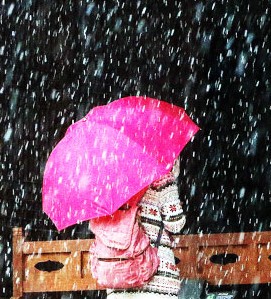
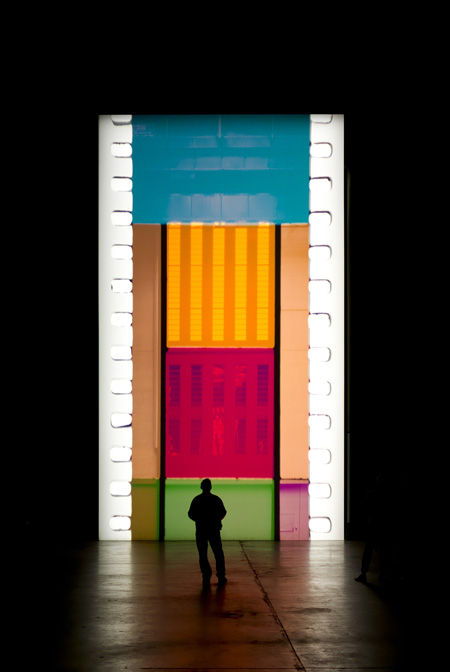
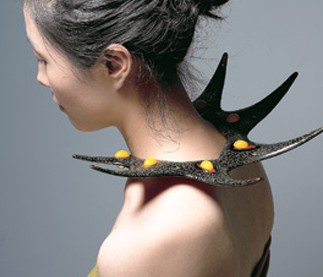

![일본 사도광산 [서경덕 교수 제공. 재판매 및 DB 금지]](http://www.koreatimesus.com/wp-content/uploads/2024/07/PYH2024072610800050400_P4-copy-120x134.jpg)


